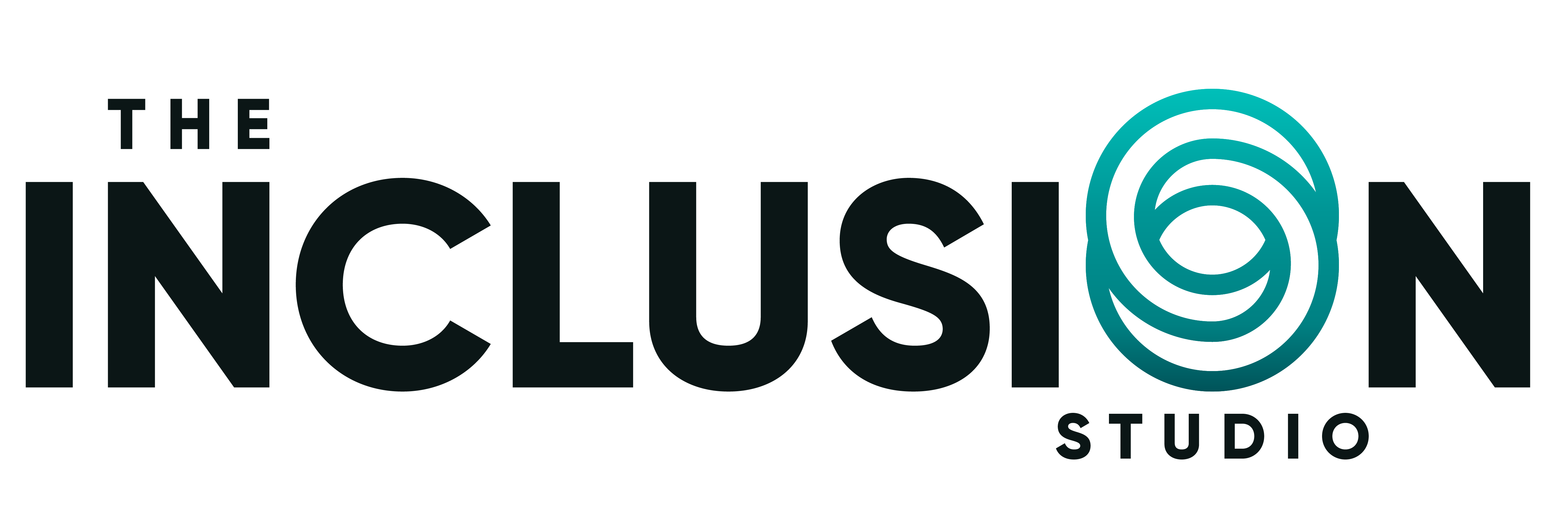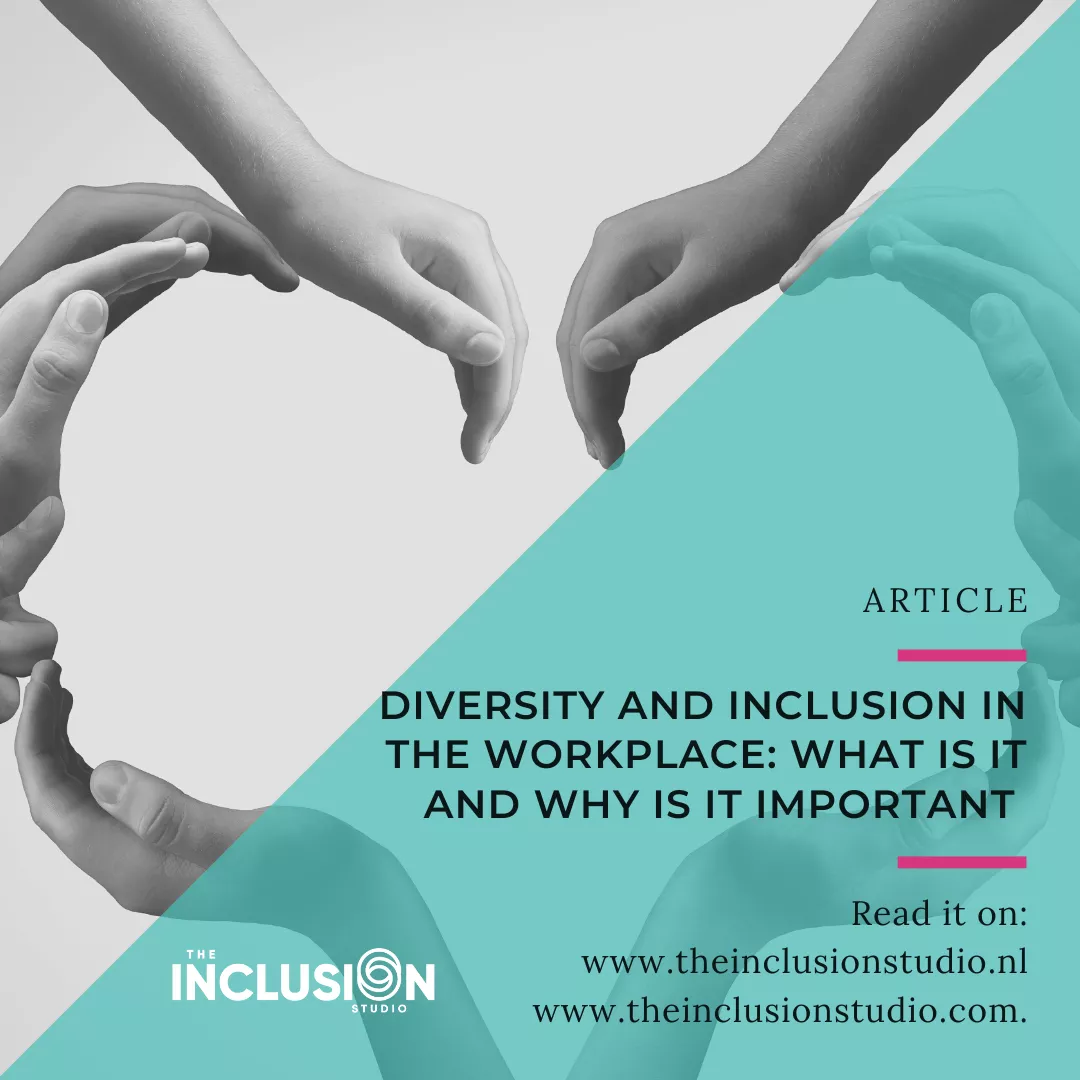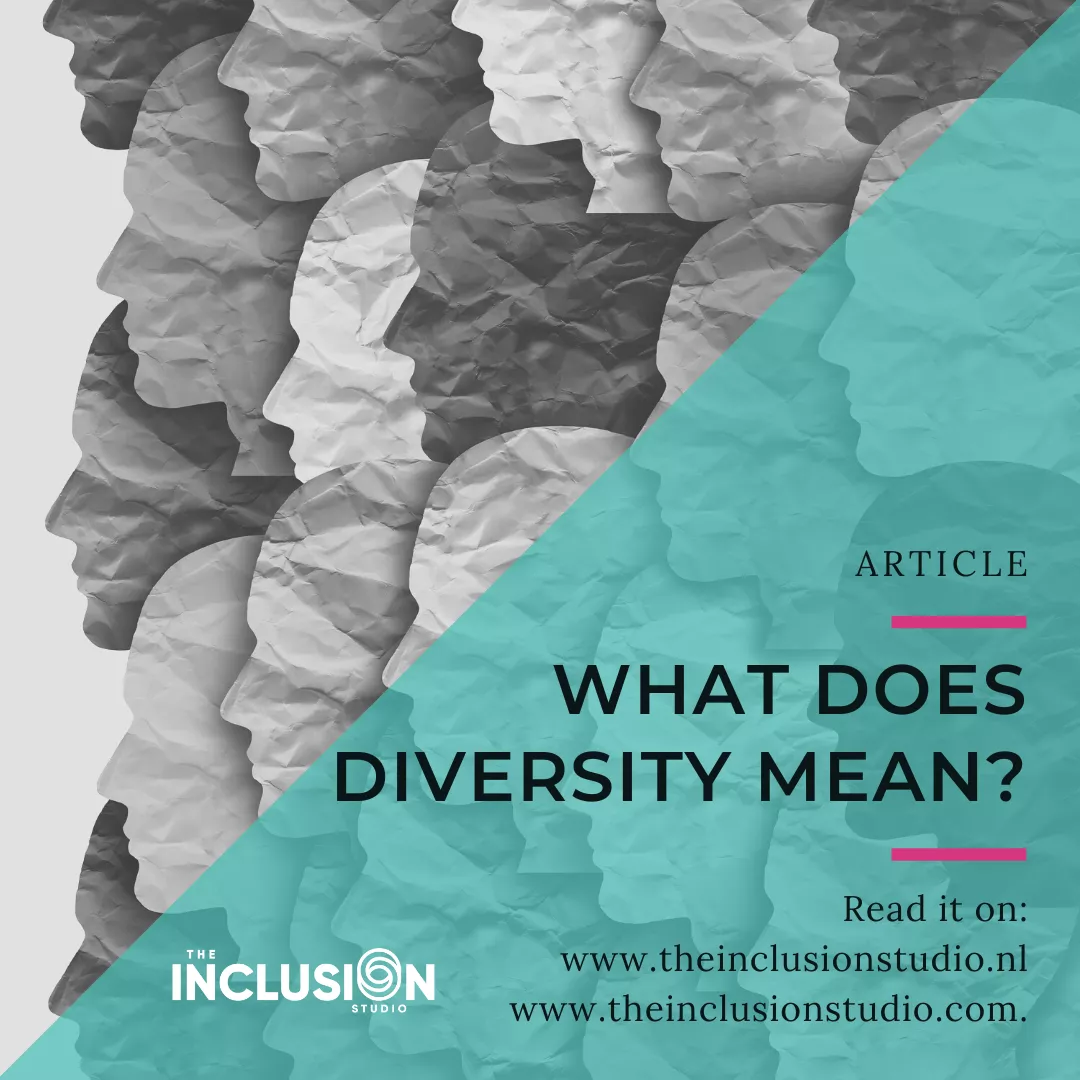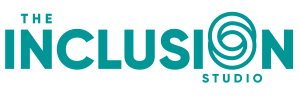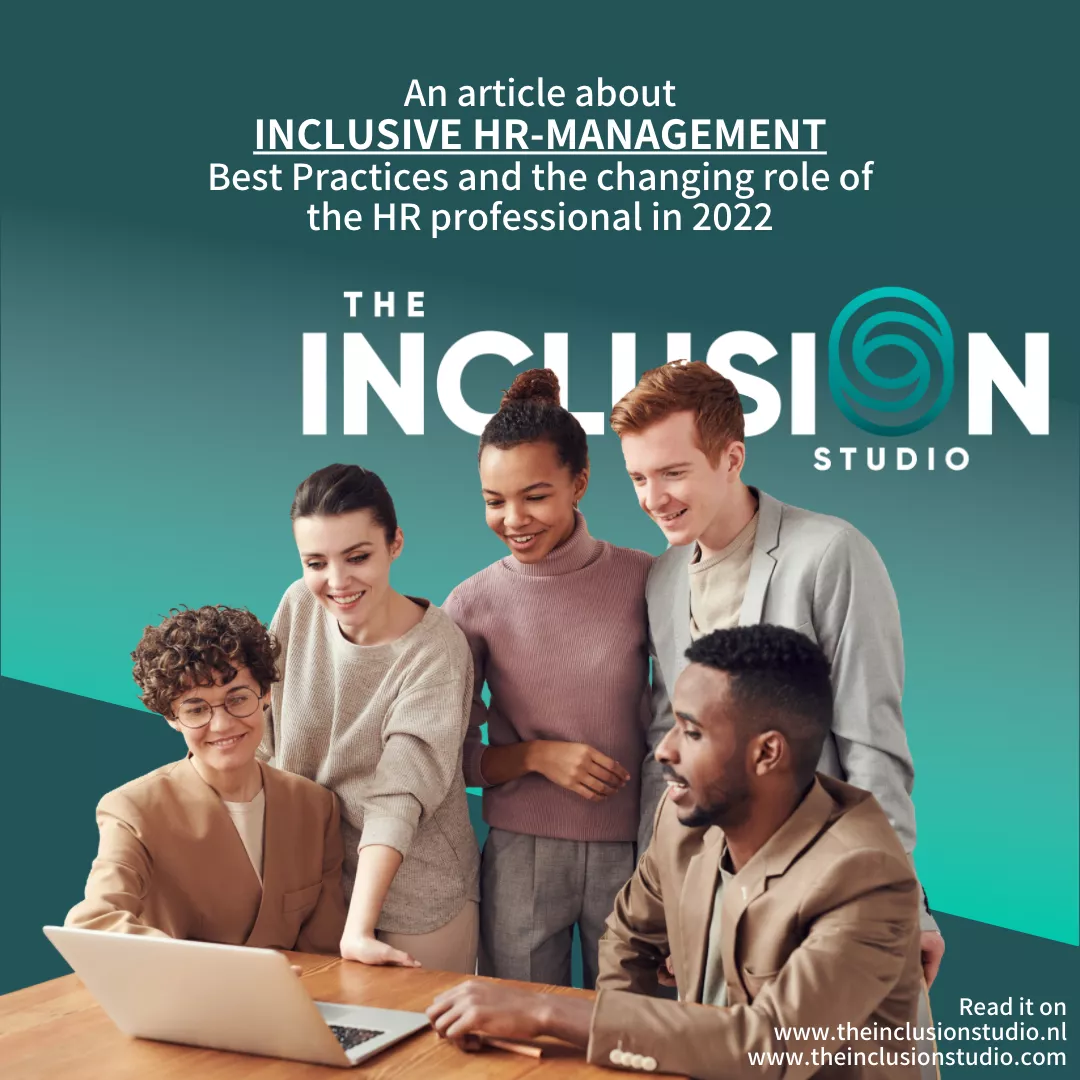
Inclusive HR management | Best Practices and the changing role of the HR professional in 2022
In any organization, people are invaluable ‘resources’. In order to be successful, every organization must align its HR strategies with emerging insights.
Over the years, HR departments at companies have undergone gradual changes due to the advancement of technology. The biggest challenges HR professionals face today carry a social component.
What social responsibility does an organization take? How far does the responsibility of an organization extend with regard to the psychosocial experiences/safety of its employees and what should an HR professional do with the subject of inclusion and diversity?
Employers throughout the world are seeking ways to manage, recruit, and engage their employees in light of the increasing numbers of millennials and Gen Z in the workforce. In 2022, diversity, productivity skills, cloud-based HR tech, the gig economy, and artificial intelligence will drive HR management to devise corporate strategies, increase employee engagement, and boost the business.
The importance of organization culture
An organization’s culture plays a crucial role in providing both positive and negative experiences to its employees.
A study conducted by two Stanford University professors, Jeffrey Pfeffer and Stefanos A. Zaenius found out that workplace stress, such as working long hours, lack of work-life balance, and job insecurity contributes to over 120,000 deaths each year, and also accounts for up to $190 billion of medical expenditure.
Jeffrey Pfeffer also stated how companies need to put greater efforts into creating a workplace culture where people are valued, trusted, and respected, and where employees are engaged in work without the worry of losing their jobs, and get home in time for family dinner, maintaining a work-life balance.
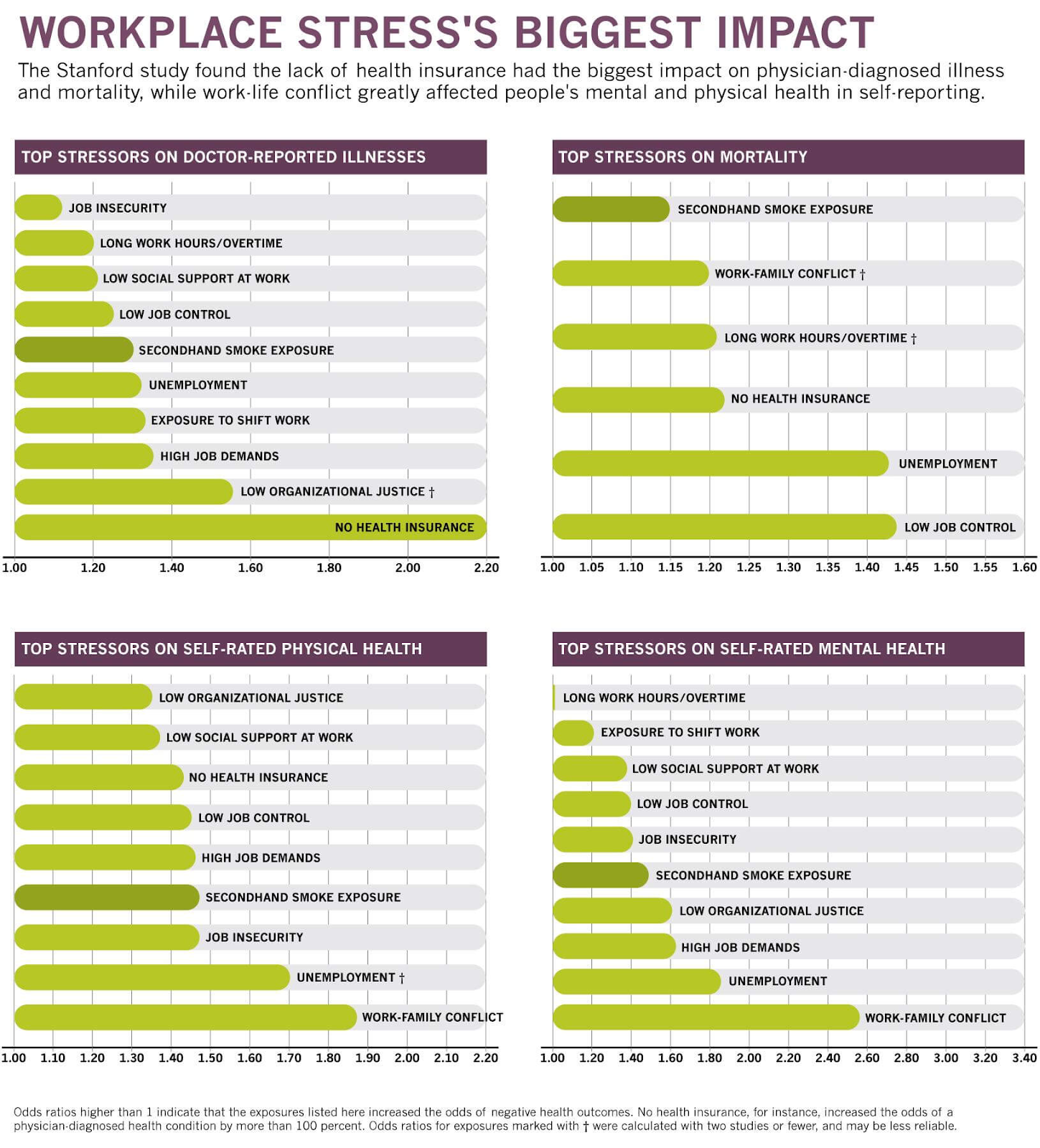
The responsibility to establish an environment of inclusion and affiliation where the employees feel comfortable expressing their ideas lies with the HR professional.
Researchers found that a cohesive work culture improved employee performance by 56% and reduced turnover risk by 50%.
According to a global Diversity and Inclusion survey conducted in 2020 by consultancy PwC, 26% of organizations have D&I goals for leaders and only 17% have an executive-level diversity role, while nearly 30% do not even have a D&I leader yet.

Best Practices for Inclusive Human Resource Management
HR is the gateway and has been strategic for the diversity and inclusion processes in companies. And there are several fronts of action, in which we highlight five.

Corporate Culture
It is up to human resources to lead, structure, and influence/ nudge a policy so that valuing diversity is understood as a natural part of (work)life.
We are all different and unique. It’s crucial to understand this scenario as “promising and fundamental” for the development of a company that is financially healthy and attractive to the financial market.
Studies and statistics show there is a direct link between diversity and financial success for all kinds of businesses.
Consulting firm McKinsey & Company finds that companies with a more diverse workforce perform better financially than homogeneous teams. In addition to this, there are many other benefits to fostering a culture that encourages everyone to belong.
A study conducted by researchers at Duke University concluded that a strong corporate culture fosters better execution, reduction in agency cost, and therefore, higher productivity and creativity.
A mosaic of professionals from different ethnic backgrounds, classes, genders, sexual orientations, among other diverse identities, is only possible when an inclusive culture is very well consolidated. In this way, the sense of belonging and the contribution of diverse employees is perceived as a core value.
It is important to demonstrate all the benefits of an inclusive company, with an inclusive HR policy that offers equal opportunities for all, both for the company’s top leadership, who still do not see the main benefits and for employees so that they truly feel and reflect these values.
It takes years of dedication to change the organizational culture at any level, but the results are rewarding. There is nothing like helping a toxic culture heal and working to improve the results.
Competency mapping
Inclusive HR professionals must map which skills already exist in the workforce and which are lacking to create a diverse team in all areas of the company so that there can be a balance and use the full potential of multigenerational teams.
Competence mapping, when developed effectively, can provide a well-defined framework that can help organizations in:
- find and keep the best people;
- enable better employee performance;
- improve business results.
As these are important goals for any organization, integrating skill models into human resource management is a high-priority strategic goal.
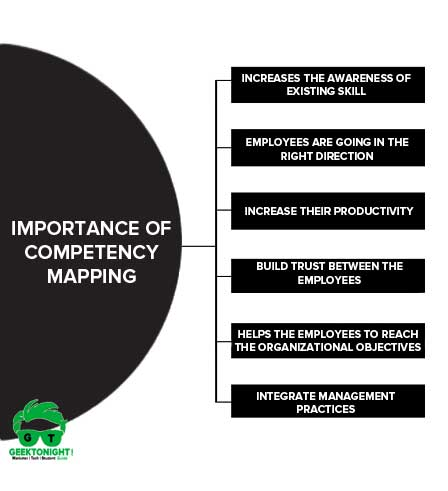
The above image from GeekTonight defines the importance of competency mapping in organizations.
They need to answer the following questions: how are the relationships between the different generations? How has the business benefited from having professionals from different generations represented in the company?
In order to map the competencies, some of the important success factors that need to be taken into consideration include:
- it must be simple to understand, pragmatic, and easy to use;
- it must integrate with the personnel selection, evaluation, and development processes;
- it must be implemented in a systematic and continuous way;
- it must be developed in strong collaboration with management;
- it must be communicated and illustrated to all staff.
Selection processes
McKinsey & Company, an American business consulting firm, conducted a study and found that organizations that consider diversity in recruiting deliver 25% better results than “non-diverse” organizations.
For a company to have an inclusive HR policy, diversity needs to start in the selection process. The selection process must be supported by tools that assess the candidate’s behavioral profile and skills, leaving aside physical and other aspects of the candidate. The process should also leave aside any unconscious biases of recruiters, which often get in the way of broadening diversity.
It is worth mentioning that from the moment of describing the vacancy profile, together with the applicant, where it all starts, the selector needs to ask if there are obstacles like being a minority, not being able to work from the office, a new parent, etc.
Asking this type of questioning opens up an opportunity to talk about unconscious biases in relation to prejudices, which have nothing to do with professional competence.
In addition to the technique, a selection process requires sensitivity, a lot of attention, listening, and respect for the candidates’ experiences and guidance for managers to accept profiles that were not on their radar.
Research agency TNO has shown that objectification of the recruitment and selection process makes one of the greatest contributions to promoting fair opportunities for people with a migration background.
Committee Management
A committee is a group of individuals who meet to make decisions or plans for a larger group or organization they represent. The functions of these committees include, but are not limited to:
- Governance
- Coordination and Administration
- Research and Recommendations
- Discipline
The creation of representative committees generates a new vision in relation to treatment, learning new perspectives, knowledge management, and learning relationship. In addition, it opens up the opportunity for the participation of others outside the HR sector.
Diversity and inclusion can only be achieved with diverse and inclusive practices. The committees have been a very widespread tool that has brought results, ideas, and important behavioral changes for those who participate and for the companies as a whole.
Independency
Diversity consultants like The Inclusion Studio can help you identify ways to improve employee engagement, communication, diversity, inclusivity, and growth. Ultimately, this results in higher levels of employee engagement, retention, workplace satisfaction, and recognition.
An external consultant or company is better suited to give an outside, unbiased, pragmatic, and practical assessment of how an organization can improve its diversity and inclusion efforts. By hiring a diversity and inclusion consultant, your organization relinquishes its ability to avoid shortfalls and gaps in areas of diversity and inclusion that many organizations tend to overlook.
A Way Forward
The dream of creating a diverse and inclusive workplace will certainly not come true without an update in the company’s human resources (HR) policies.
Like the parent in the company, HR policies will lead to a more equitable recruitment process that does not include double standards on gender or certain groups of origin.
The book Global Diversity and Inclusion released by The Economist in 2009 shows that the trend of creating diversity and inclusiveness will be a topic that will continue to be discussed in the future.
Many organizations and companies are aware of the importance of establishing policies that celebrate diverse identities, racial backgrounds, and genders.
HR policies to promote diversity and equality in the workplace are also included in the global action plan for the Sustainable Development Goals (SDGs) to 2030, a major agenda of world leaders to create an equitable and equitable economy.
The International Labor Organization (ILO) also published a pocketbook entitled Promoting Diversity And Inclusion Through Workplace Adjustments: A Practical Guide which contains various recommendations and practical ways that can be implemented in companies, so that its policies can encourage more women to appear and provide space for the minority group.
Plenty of room for development. Only together are we inclusive.
Do you want to stay informed about everything related to inclusion and diversity? Subscribe to the newsletter via this link
Danny Sanders & team The Inclusion Studio
